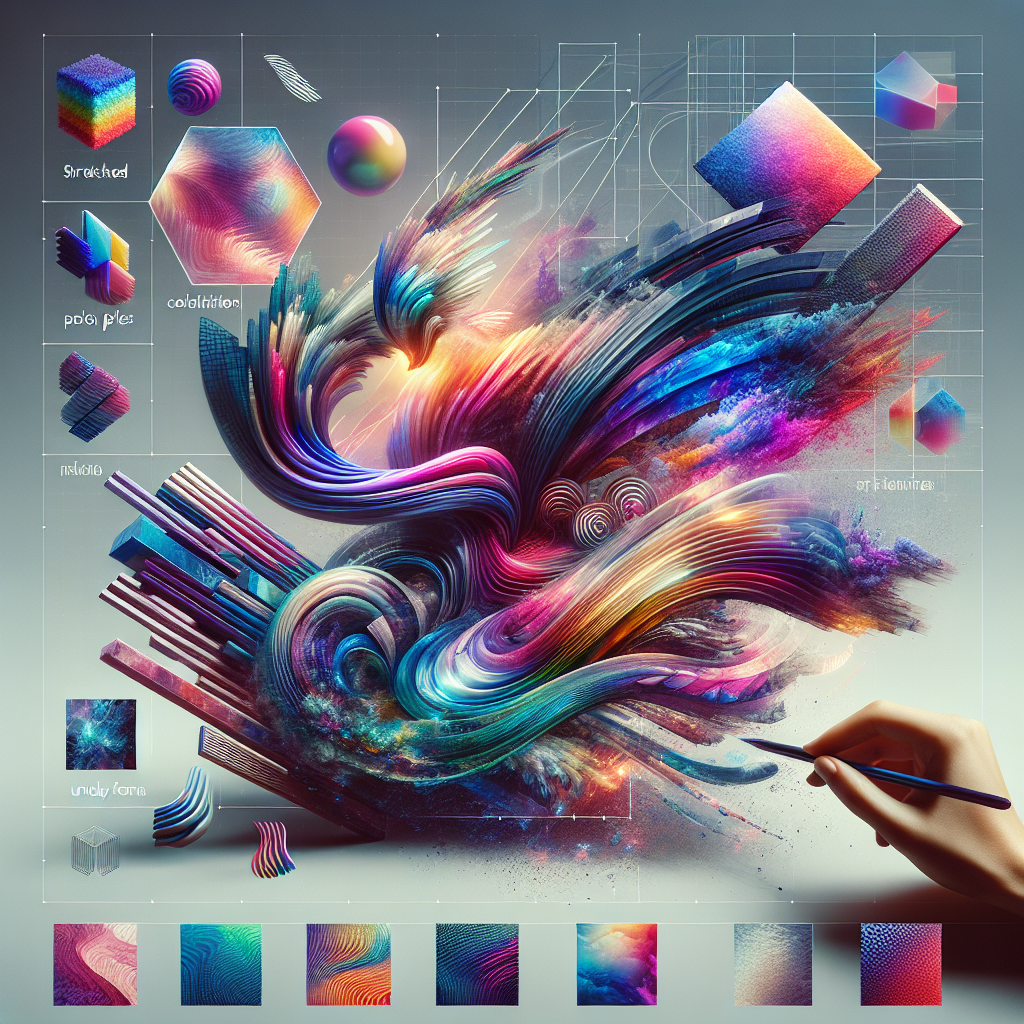Unpacking the Power of AI Photo Editing Tools: A New Era of Digital Creativity
In an era where digital content creation reigns supreme, artificial intelligence (AI) continues to push the boundaries of what's possible. The emergence of AI-powered photo editing tools marks a significant leap forward, offering both professional photographers and hobbyists alike a plethora of features that can enhance, alter, and reimagine the visual narrative of any image. With the rapid proliferation of these tools, one must delve into the intricacies of their capabilities and the implications they hold for the future of digital artistry.
The Dawn of Prompt-Based Photo Editing
Imagine the convenience of transforming images with simple text prompts, eschewing the arduous manual labor typically associated with high-level photo editing. This streamlined approach is no longer a figment of our imagination but a tangible reality with platforms like Deep AI. By simply uploading an image and typing in desired modifications, users can effortlessly generate altered versions of the original photo.
Whether it's converting a daytime snapshot into a nocturnal scene or adding whimsical elements such as six-pack abs on a t-shirt, the process is impressively straightforward. This user-friendly interface democratizes photo editing, making it accessible to novices who might not have the skillset or resources to navigate traditional, costly software like Photoshop.
Refined Results Through Precision
Despite the ease of use, these AI tools underscore an important caveat: the quality of results is heavily dependent on the precision of the written prompt. Ambiguity or incorrect phrasing can often lead to unintended outcomes. For example, asking an AI to "make me a robot wearing sunglasses" might yield a half-complete accessory. This emphasizes the growing field of "prompt engineering" — the art of crafting effective commands to achieve the best results from AI.
https://www.youtube.com/watch?v=S0fKURwyhdE
Ethical Considerations Amidst Technological Marvel
As AI continues to blur the lines between reality and digital fabrication, ethical considerations surface, particularly with tools capable of seamlessly removing subjects from photos, such as the homeless from city scenes. This function presents a stark reminder of how technology, while impressive, can sometimes venture into morally questionable territory. It begs the question of the social responsibility of AI developers and users in wielding such powerful tools, which, in the wrong hands, could rewrite visual history or propagate misleading narratives.
AI Photo Editors: A Springboard for Creativity
Turning away from ethical quandaries, it's undeniable that AI photo editing applications harbor untapped potential for creative expression. Platforms like Befunky offer a suite of enhancements, from standard editing options to AI-specific enhancements like sky replacement and object removal. These features allow for real-time, dramatic transformations that can turn a mundane image into a stunning piece of art within seconds.
With manual adjustments available post-AI enhancement, users retain a sense of control, ensuring that the final output reflects their artistic direction. This interplay between AI suggestions and human input heralds a new age of hybrid creativity, where technology serves as an extension of the creator's vision.
Adaptability Across Genres and Mediums
Not limited to still images, AI photo editing prowess extends to various forms of media. For instance, MyHeritage's tool breathes new life into old photographs by colorizing them or by animating faces, thereby creating a bridge between the past and present—a fusion of nostalgia with modern technology.
The Future is Radically Affordable and Accessible
One of the most striking aspects of the AI photo editing revolution is its affordability. With some tools being completely free and others offering more advanced features at a fraction of traditional software costs, the barriers to entry are crumbling. This democratization of photo editing could unleash a wave of creativity previously stifled by economic constraints.
As the technology advances, we may see AI performing increasingly complex tasks with even greater accuracy, further cementing its place in the toolbox of artists, photographers, and designers across the globe.
In conclusion, the world of AI photo editing is one of great potential and excitement. Its evolution is poised to continue at a breakneck pace, bringing with it a host of new features, ethical questions, and creative opportunities. As we stand on the cusp of this new digital renaissance, it’s clear that the power of AI in photo editing is not just about altering images—it's about reimagining the possibilities of visual storytelling.
For those keen on exploring this domain further, there's a wealth of information to be found online. While there may be no direct links provided here, interested readers are encouraged to search for reputable sources that delve into AI photo editing, prompting techniques, and the ethical considerations of AI in the creative industries.
Related News
- Dive Into PhotoMaker: The Dawn of Instantaneous AI Art Generation
- Unleashing Photomaker: The Vanguard of AI in Customized Imagery
- The Exciting Evolution of AI Image and Video Generation: A Deep Dive
- Unleashing Creativity: A Dive into the World of Advanced AI
- The Revolution of Real-Time AI Image Generation: An In-Depth Analysis
